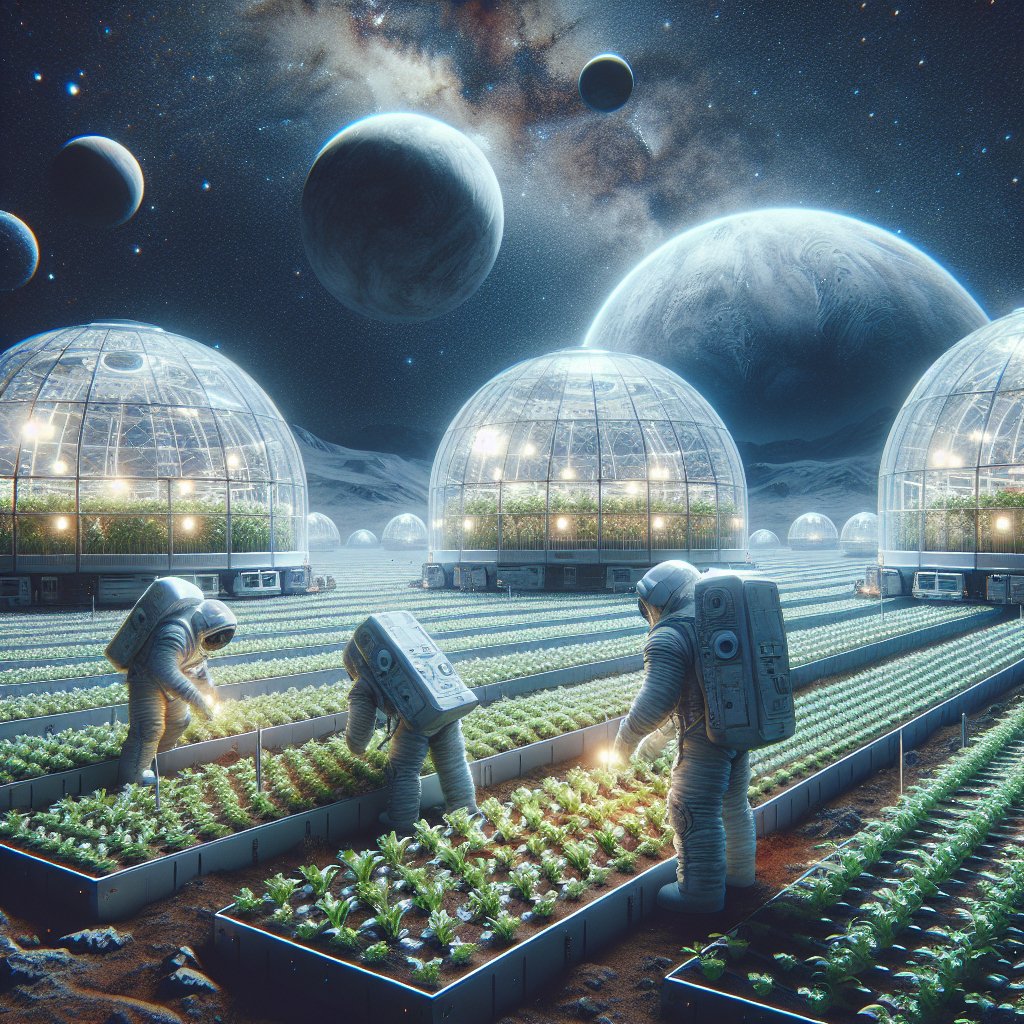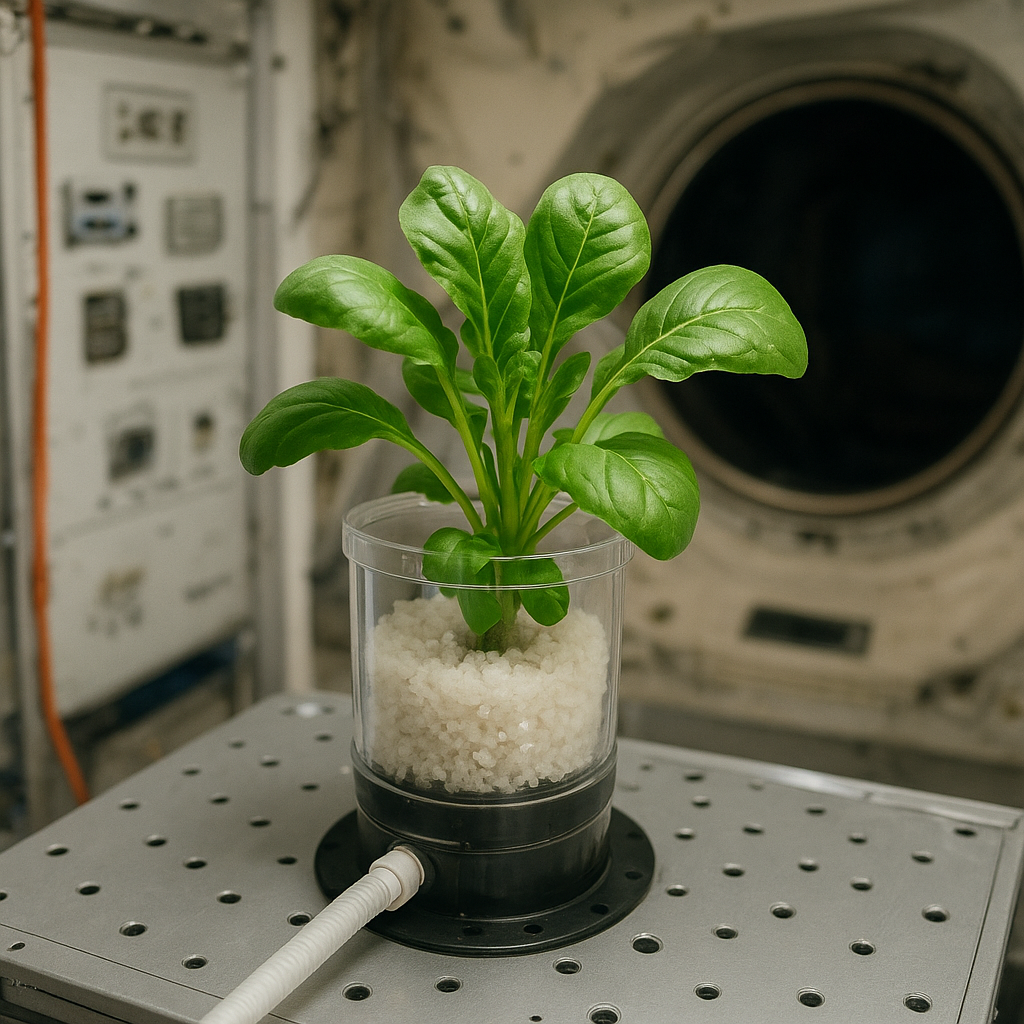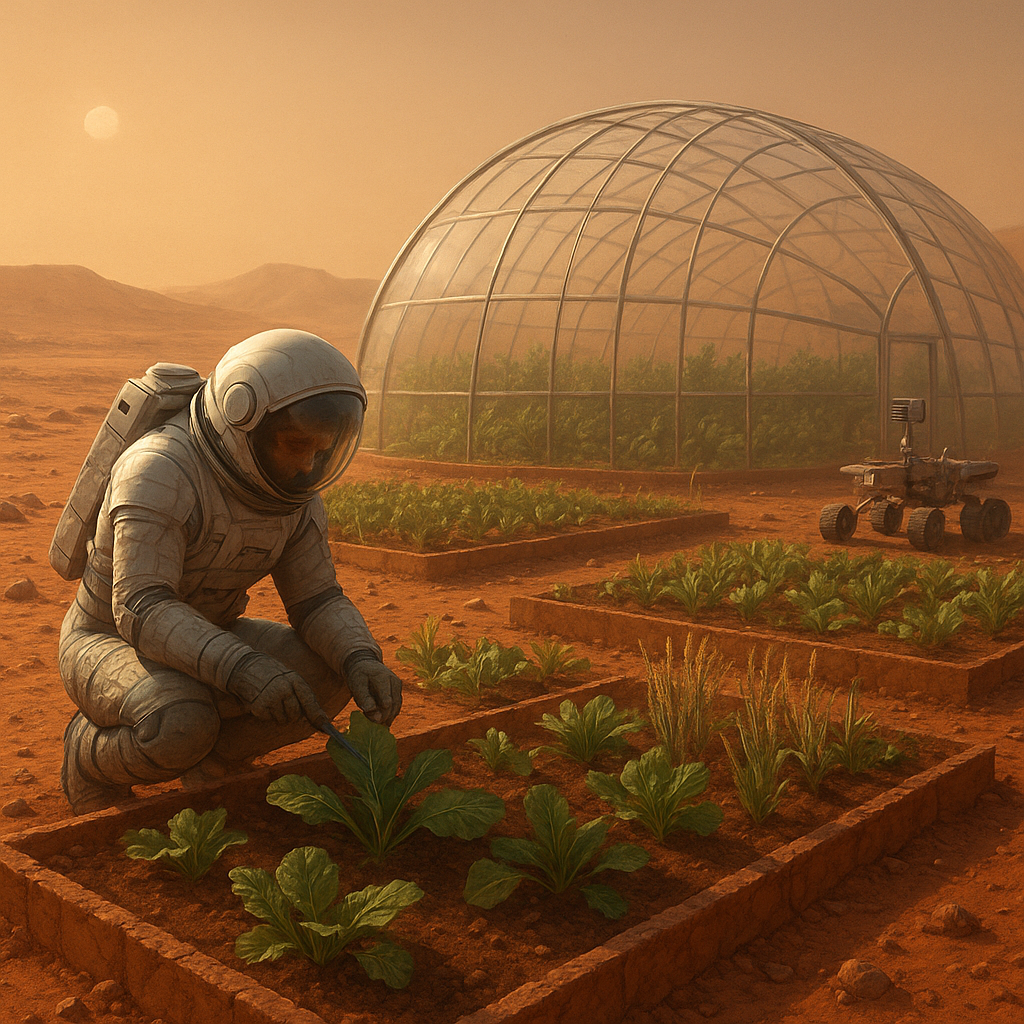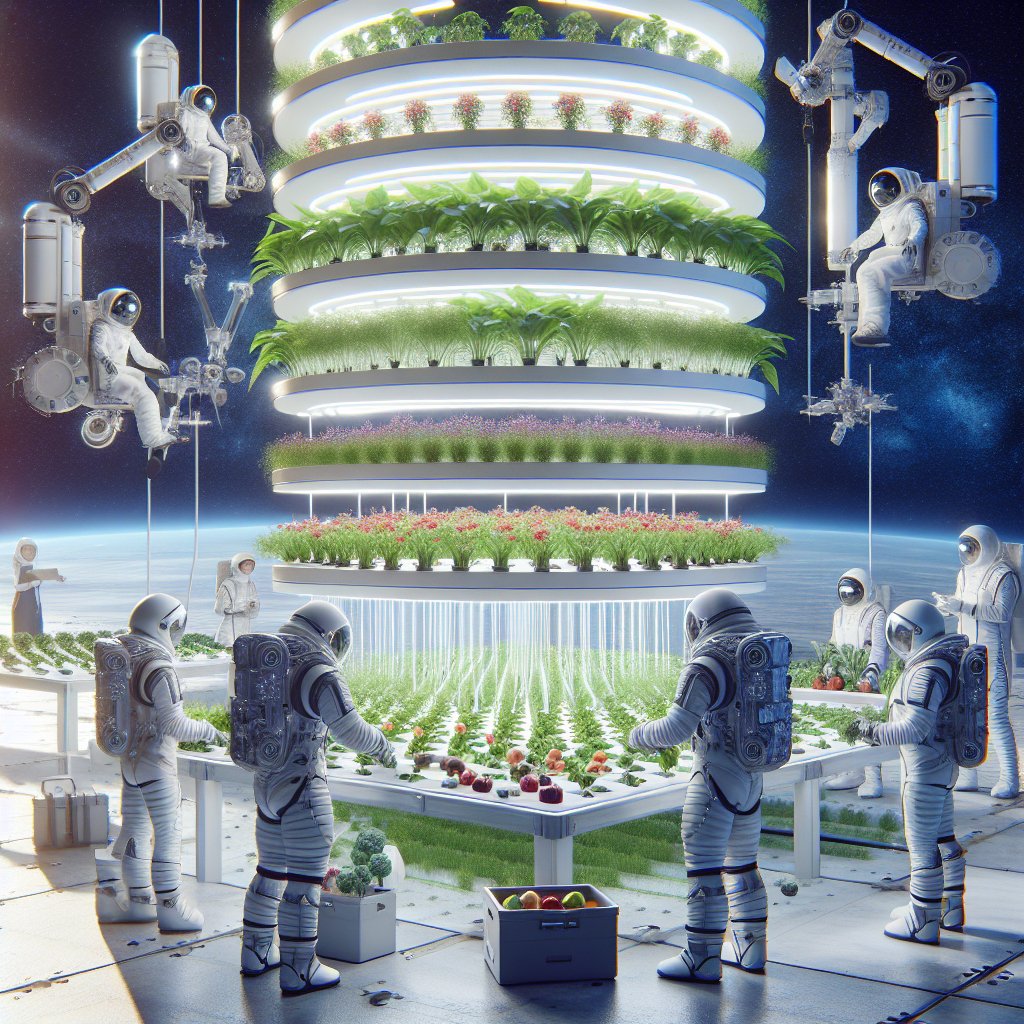Farming in space represents a groundbreaking frontier for human survival, as the quest for sustainable food sources beyond Earth becomes increasingly critical. As humanity looks to the stars, the challenges of growing food in extraterrestrial environments are both daunting and fascinating. This article explores the innovative techniques and technologies being developed to cultivate crops in space, the implications for long-term space missions, and the potential benefits for agriculture on Earth.
The Challenges of Space Agriculture
Growing food in space is not merely a matter of replicating Earth’s agricultural practices in a different environment. The unique conditions of space present a myriad of challenges that must be addressed to ensure successful crop production. These challenges include microgravity, radiation exposure, limited water supply, and the need for efficient resource management.
Microgravity Effects on Plant Growth
One of the most significant challenges of farming in space is the microgravity environment. On Earth, gravity plays a crucial role in plant growth, influencing processes such as nutrient uptake, water movement, and the orientation of roots and shoots. In microgravity, plants exhibit altered growth patterns, which can affect their overall health and yield.
- Root Development: In microgravity, roots may not grow downward as they do on Earth. Instead, they can grow in multiple directions, making it difficult for plants to anchor themselves and absorb nutrients effectively.
- Water Distribution: Water behaves differently in microgravity, forming floating globules rather than pooling in one place. This can lead to uneven moisture distribution, which is detrimental to plant health.
- Light Exposure: Plants rely on light for photosynthesis, and in space, the absence of a natural day-night cycle can disrupt their growth. Artificial lighting systems must be carefully designed to provide the right spectrum and intensity of light for optimal growth.
Radiation and Its Impact
Space is filled with cosmic radiation that poses a significant threat to both human health and plant growth. High levels of radiation can damage plant DNA, leading to mutations and reduced viability. To mitigate these effects, researchers are exploring various protective measures, such as growing crops in shielded environments or using genetic engineering to develop radiation-resistant plant varieties.
Innovative Solutions for Space Farming
Despite the challenges, scientists and engineers are developing innovative solutions to make farming in space a reality. These advancements not only aim to ensure food security for astronauts on long-duration missions but also hold promise for improving agricultural practices on Earth.
Hydroponics and Aeroponics
Hydroponics and aeroponics are two soilless farming techniques that have gained popularity in space agriculture. Both methods allow for efficient use of water and nutrients, making them ideal for the limited resources available in space.
- Hydroponics: This method involves growing plants in nutrient-rich water solutions. Hydroponics can be easily adapted for space environments, as it requires less space and can be automated to monitor and adjust nutrient levels.
- Aeroponics: In this technique, plants are suspended in air and misted with nutrient solutions. Aeroponics uses even less water than hydroponics and promotes faster growth rates, making it an attractive option for space farming.
Vertical Farming Systems
Vertical farming systems are another innovative approach being explored for space agriculture. By stacking layers of crops in a controlled environment, vertical farms maximize space utilization and can be integrated with advanced lighting and climate control systems. This method not only conserves resources but also allows for year-round crop production, which is essential for long-term space missions.
Bioregenerative Life Support Systems
Bioregenerative life support systems (BLSS) are designed to create a self-sustaining environment for astronauts by integrating plant growth with waste recycling and air purification. These systems utilize plants to convert carbon dioxide exhaled by astronauts into oxygen while simultaneously providing food. Research into BLSS is crucial for future missions to Mars and beyond, where resupplying from Earth would be impractical.
The Future of Space Farming
The future of farming in space holds immense potential, not only for sustaining human life on other planets but also for revolutionizing agriculture on Earth. As researchers continue to explore the possibilities of space agriculture, several key areas of focus are emerging.
Genetic Engineering and Crop Adaptation
Genetic engineering is poised to play a significant role in developing crops that can thrive in the harsh conditions of space. By modifying the genetic makeup of plants, scientists can enhance their resilience to radiation, improve nutrient uptake, and increase growth rates. These advancements could lead to the creation of super crops that are not only suitable for space but also beneficial for addressing food security challenges on Earth.
Collaboration Between Space Agencies and Agricultural Experts
Collaboration between space agencies, agricultural researchers, and private companies is essential for advancing space farming technologies. Initiatives like NASA’s Veggie experiment aboard the International Space Station (ISS) have already demonstrated the feasibility of growing food in space. Such partnerships can accelerate research and development, leading to innovative solutions that benefit both space exploration and terrestrial agriculture.
Implications for Earth Agriculture
The technologies and techniques developed for space farming have the potential to transform agriculture on Earth. As the global population continues to grow, the demand for sustainable food production methods becomes increasingly urgent. Innovations such as hydroponics, aeroponics, and vertical farming can help address issues like land degradation, water scarcity, and climate change, paving the way for a more resilient agricultural system.
Conclusion
Farming in space is not just a visionary concept; it is a necessary step toward ensuring the survival of humanity as we venture beyond our home planet. The challenges of growing food in microgravity and radiation-filled environments are significant, but the innovative solutions being developed offer hope for sustainable food production in space. As we continue to explore the cosmos, the lessons learned from space agriculture will undoubtedly have far-reaching implications for our agricultural practices on Earth, ultimately contributing to a more sustainable future for all.




